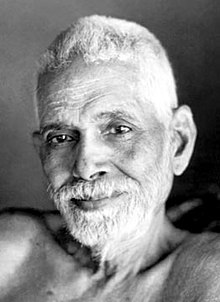"Silence is meditation without mental activity. The inner silence is self-surrender and that means living without the sense of ego.
Silence comes into being when the individual is completely free from ego, when they surrender themselves totally to their higher Self."
Ramana Maharshi
Friday, November 09, 2012
Thursday, November 08, 2012
bee lotus morality
The Busy Bee and the Languid Lotus -
reflections on the material origins of morality
George G Clark, 8 Nov 2012
 |
| Languid Lotus |
Busy-ness on the other hand is egoic and immersed in the past and future. The image is of a busy bee with no time to stand and stare. The mind is stirred up by external and internal stimuli (thoughts and feelings) which create mini flash floods of excitatory neurotransmitters and hormones. The busy bee’s monkey mind has a mind of its own as it tries to see patterns and agencies in its geo-historical happenstances.
 |
| Busy Bee |
Most languid lotuses were once busy bees and can thus empathise with their condition. But it is not easy to change other people’s minds. At best they can present a lived example. It is said that “pacified people pacify people” (languid lotuses). It is also said that “hurt people hurt people” (busy bees).
‘Reality’ is not as clear cut as the above paragraph suggests. But here, at least for the moment, we will keep things simple. The goal is easily enough stated –
promote more pacification by selfless languid lotuses and
reduce the amount of hurting by selfish busy bees.
This goal makes assumptions and takes a stand on good and bad. The main assumption is that ideas about what is good and bad (ie morality) are hard wired into human brains in outline (as is the case with language) but that the geo-historical happenstances of our modern times leads to putting bad details (hurtings) on the good outline (pacification).
 |
| Shaman |
In more recent times of settled agriculture, cities, nation states and transnational corporations there have been mystics and priests. To summarise brutally, the better mystics practiced stillness and promoted pacification and some were influential in creating, but not for developing and maintaining, major religions. And then there were the Priests who colluded with the Kings, Politicians and Businessmen to hurt and exploit ordinary people by convincing them to become busy-bees, wage slaves and consumers.
Subscribe to:
Comments (Atom)
